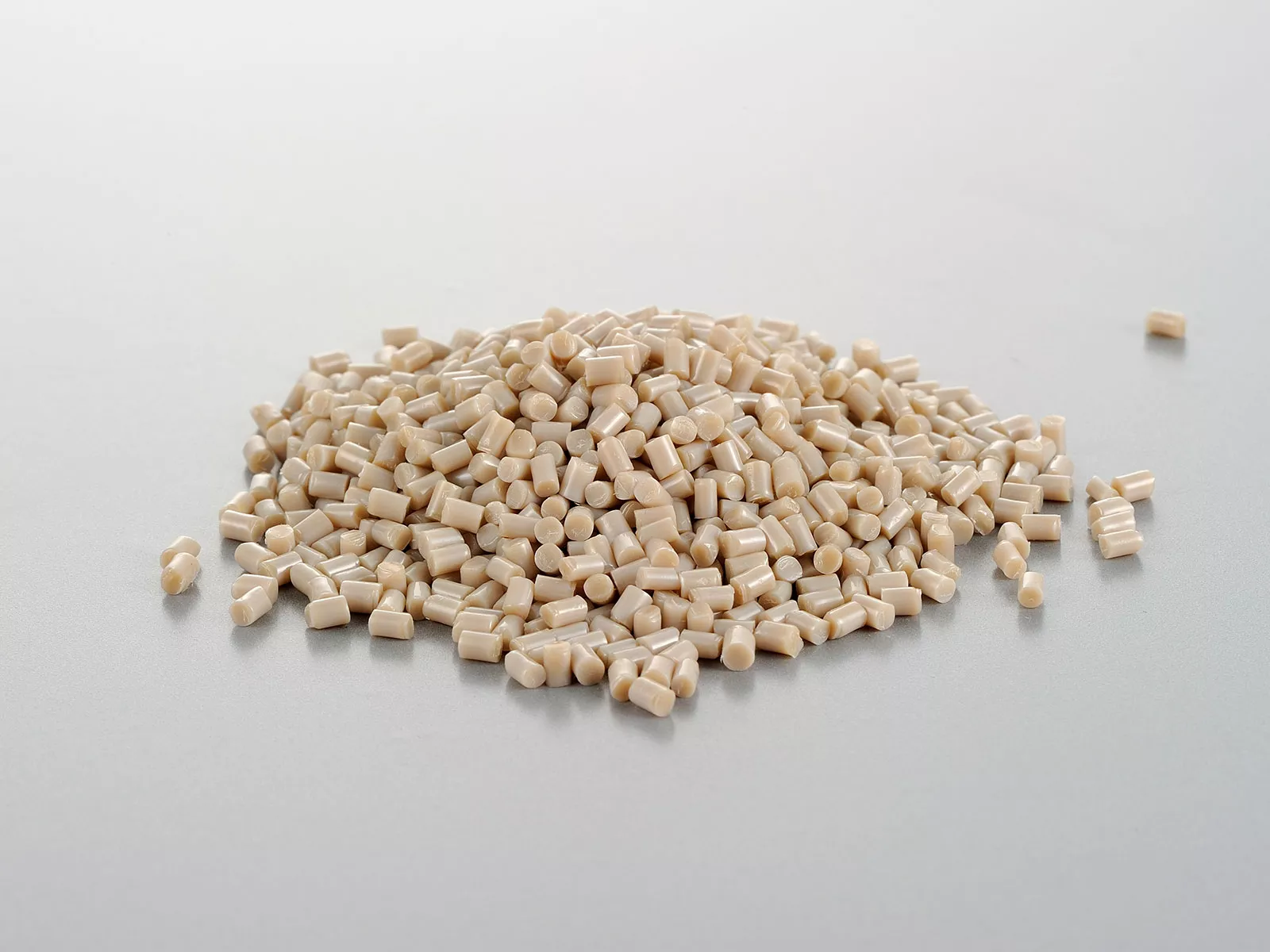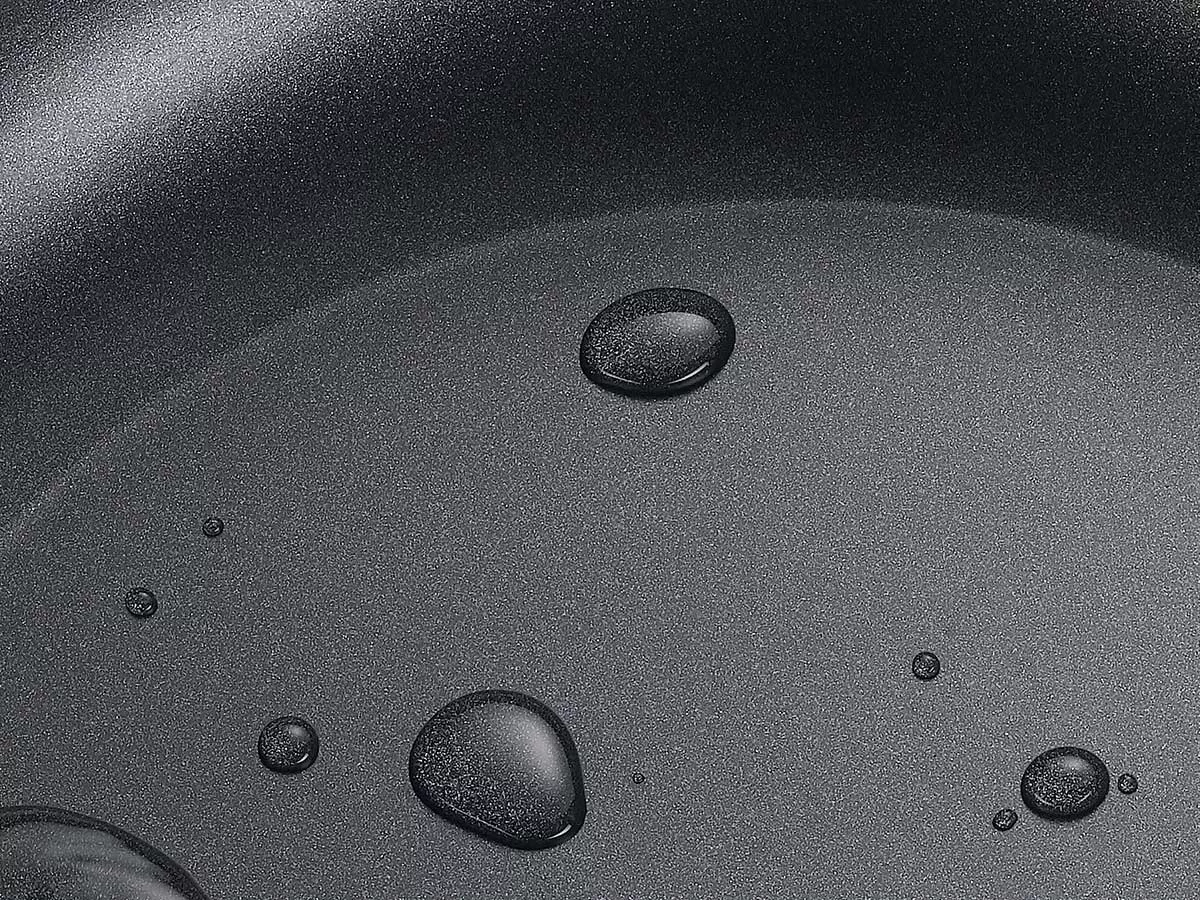Non-stick cookware refers to pots and pans coated with a synthetic polymer that prevents food from sticking to the surface. This coating, often made of polytetrafluoroethylene (PTFE) or ceramic, creates a smooth, low-friction surface that allows for easy release of food without the need for excessive oil or butter.
Importance of Proper Care
Proper care and maintenance of non-stick cookware is crucial for ensuring its longevity and optimal performance. Neglecting proper care can lead to a significantly reduced lifespan, as well as compromised non-stick properties and potential health risks. According to
Time of India, most non-stick pans have a lifespan of 3-5 years when used and cared for correctly. However, improper handling can cause the non-stick coating to deteriorate prematurely, leading to the need for replacement.
By following the recommended care guidelines, you can extend the life of your non-stick cookware and maintain its superior non-stick performance. This not only saves you money in the long run by avoiding frequent replacements but also ensures a better cooking experience with easy food release and effortless cleaning.
Cleaning Non-Stick Pans
Proper cleaning is crucial to maintaining the integrity of non-stick pans. Always hand-wash non-stick cookware, as the harsh detergents and high heat of dishwashers can quickly degrade the non-stick coating. Avoid using abrasive sponges or scrubbers, as these can scratch and damage the surface. Instead, opt for soft sponges or cloths and mild dish soap with warm water. Gently scrub away any stuck-on food particles with a soft-bristled brush or non-abrasive sponge. Rinse thoroughly after washing to remove all soap residue. (
Source)
Preventing Damage to the Non-Stick Coating
To ensure your non-stick pans last as long as possible, it's crucial to take steps to prevent damage to the delicate non-stick coating. One of the most important rules is to never use metal utensils, as they can easily scratch and chip the surface. Instead, opt for wooden, silicone, or plastic utensils designed specifically for non-stick cookware.
Overheating an empty non-stick pan can also cause irreparable damage to the coating. Always preheat the pan over low to medium heat, and never leave it unattended on high heat. Additionally, avoid putting non-stick pans in the dishwasher, as the harsh detergents and high temperatures can break down the non-stick surface over time.
According to Today, handwashing with mild soap and a soft sponge is the safest way to clean these pans.
When storing non-stick pans, be careful not to stack them directly on top of each other, as this can cause scratches and dents. Instead, use pan protectors or place a cloth or paper towel between each pan. Finally, always allow non-stick pans to cool completely before washing, as sudden temperature changes can warp the surface. And avoid using cooking sprays that leave a residue, as this can also degrade the non-stick coating over time.
Common Mistakes That Ruin Non-Stick Pans
Even with proper care, non-stick pans have a limited lifespan due to the delicate nature of their coating. However, certain mistakes can significantly accelerate the degradation of the non-stick surface, rendering the pan unusable long before its expected lifetime. To maximize the longevity of your non-stick cookware, avoid these common pitfalls:
Thermal Shock: Rapidly exposing a hot pan to cold temperatures, such as submerging it in cold water or placing it on a wet surface, can cause the non-stick coating to crack or peel. Always allow your pan to cool gradually before cleaning or storing it.
(Source)
Abrasive Scrubbers: Steel wool, scouring pads, and other abrasive materials can easily scratch and damage the delicate non-stick surface. Stick to soft sponges or cloths when cleaning your pans.
Leaving Stuck-On Food: Allowing food to burn and stick to the pan's surface can make it nearly impossible to remove without damaging the coating. Clean your pans promptly after cooking to prevent this issue.
Dishwasher Use: The harsh detergents and high temperatures of dishwashers can break down non-stick coatings over time. Hand-washing is recommended for all non-stick cookware.
(Source)
Harsh Chemical Cleaners: Abrasive or caustic cleaners, such as oven cleaners or bleach, can strip away the non-stick coating. Stick to mild dish soap and warm water when cleaning these pans.
Restoring Damaged Non-Stick Surfaces
Even with proper care, non-stick pans can become scratched or damaged over time. While it's best to replace heavily scratched pans, there are some techniques that can help restore lightly damaged non-stick surfaces:
- Baking soda and vinegar paste: Make a paste with baking soda and vinegar, and use it to gently scrub the damaged area. The abrasiveness of the baking soda can help remove stuck-on food and residue. Source
- Salt scrub: Sprinkle coarse salt onto the pan's surface and use a damp cloth or sponge to gently scrub in circular motions. The salt acts as a mild abrasive to lift debris.
- Boiling baking soda solution: Boil a solution of water and baking soda in the pan, letting it simmer for 5-10 minutes. This can help break down and remove tough, burnt-on stains.
- Re-seasoning: After cleaning, you can attempt to re-season the non-stick surface by rubbing a thin layer of oil over it and heating the pan. This may help fill in minor scratches and restore some non-stick properties, though it won't fix deep gouges. Source
Proper Storage and Stacking
Proper storage is crucial to maintain the integrity of your non-stick cookware. Always allow pans to air dry thoroughly after washing before putting them away. Moisture left on the surface can lead to rusting and degradation of the non-stick coating over time. Avoid stacking items inside the pans during storage, as this can scratch and damage the delicate non-stick surface. When storing, carefully nest the pans or place a paper towel or pan protector between them to prevent scratches and dents from contact. With some basic care, your non-stick pans will last for years.
Source:
https://madeincookware.com/blogs/youre-ruining-your-nonstick-pan-by-doing-these-8-things
Re-Seasoning Non-Stick Pans
Over time, the non-stick coating on pans can begin to degrade, making them less effective and more prone to sticking. Re-seasoning is the process of applying a thin layer of oil to the pan's surface to help restore its non-stick properties. This creates a protective layer and can extend the life of your non-stick cookware.
It's recommended to re-season your non-stick pans periodically, even if the surface doesn't appear damaged. A good rule of thumb is to re-season every few months or whenever you notice the non-stick properties diminishing. This simple maintenance step can significantly prolong the lifespan of your pans.
To re-season a non-stick pan, start by thoroughly cleaning and drying the pan. Then, use a paper towel or clean cloth to apply a thin, even layer of oil to the entire cooking surface. The best oils for seasoning are those with a high smoke point, such as avocado oil, grapeseed oil, or canola oil. Avoid using olive oil or butter, as they can break down at higher temperatures. After applying the oil, heat the pan over medium heat for a few minutes to allow the oil to polymerize and bond to the surface. Allow the pan to cool completely before using or storing it. Refer to the manufacturer's instructions for specific guidance on seasoning their products. With proper seasoning, your non-stick pans will continue to perform like new. Source:
Allrecipes.com
Replacement Considerations
While proper care can extend the life of your non-stick pans, eventually the coating will wear out and need to be replaced. According to a discussion on
r/Cooking, many home cooks aim to replace their non-stick cookware every 5 years or so, depending on usage.
One clear sign it's time for a replacement is if the non-stick coating is peeling, flaking, or chipping, as noted by
Made In Cookware. A damaged surface means the pan is no longer releasing food properly and particles could end up in your meals. When shopping for new non-stick pans, look for ones with a thick, durable coating that's PFOA-free. Higher quality pans may be more expensive upfront but will likely last longer with the proper care.
Environmental Impact
While non-stick cookware offers convenience in the kitchen, the materials used in their coatings have raised concerns about their potential environmental impact. The most common non-stick coatings, such as Teflon (polytetrafluoroethylene or PTFE), are made from synthetic polymers derived from fossil fuels. According to
The Smart Baker, the manufacturing process of these coatings can contribute to environmental pollution and greenhouse gas emissions.
Furthermore, as non-stick pans age and their coatings become scratched or damaged, they can release microscopic plastic particles into food during cooking. A study cited by
Popular Science found that a pan with a surface crack can release up to 9,100 plastic particles during a single cooking session. These particles can eventually make their way into soil and water sources, potentially harming wildlife and ecosystems.
To minimize the environmental impact of non-stick cookware, it's essential to dispose of damaged pans properly and avoid releasing their materials into the environment. Many municipalities have guidelines for the safe disposal of non-stick cookware, which may involve taking them to designated recycling or hazardous waste facilities.
Conclusion
Properly caring for your non-stick cookware is essential to extending its lifespan and ensuring it performs at its best. By following the key tips outlined in this guide, you can keep your non-stick pans in top condition for years to come.
For cleaning, always hand-wash with a soft sponge or brush and mild dish soap, avoiding abrasive cleaners and materials that can scratch the surface. Rinse thoroughly and allow the pan to air dry completely before storing.
To prevent damage to the non-stick coating, steer clear of metal utensils, overheating, and stacking items inside the pan. Avoid cooking sprays that leave a residue, and never put your non-stick pans in the dishwasher.
If your non-stick surface does become damaged, try gentle restoration methods like baking soda pastes, salt scrubs, or boiling water with baking soda. Re-seasoning the pan with a thin layer of oil can also help revive the non-stick properties.
With proper care and maintenance, your non-stick cookware can last for many years, providing an easy and convenient cooking experience. By avoiding common mistakes and following best practices, you can enjoy the benefits of non-stick pans for countless meals to come.





